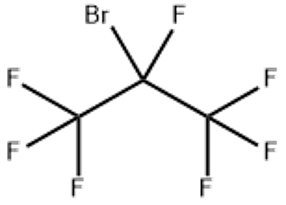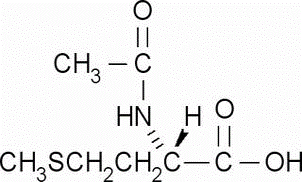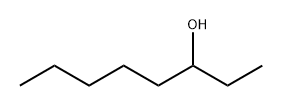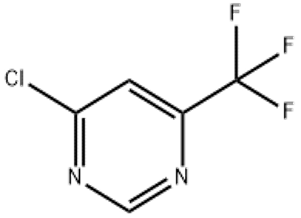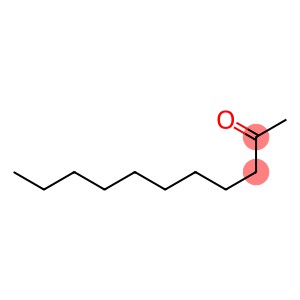2-Bromoheptafluoropropane(CAS# 422-77-5)
| Hazard Symbols | Xi – Irritant |
| Risk Codes | 23/24/25 – Toxic by inhalation, in contact with skin and if swallowed. |
| Safety Description | 36/37/39 – Wear suitable protective clothing, gloves and eye/face protection. |
| UN IDs | 3163 |
| Hazard Note | Irritant |
| Hazard Class | IRRITANT, GAS |
Introduction
2-Bromoheptafluoropane is an organic compound with the chemical formula C3F7Br. The following is a description of the nature, use, preparation and safety information of the substance:
1. nature:
-Appearance: colorless gas
-Boiling point: about 62-63 degrees Celsius
-Density: approx. 1.75g/cm³
-Solubility: Almost insoluble in water, soluble in organic solvents
-Stability: The compound is relatively stable at room temperature, but may decompose at high temperature or when in contact with strong oxidants
2. use:
- 2-Bromoheptafluoropropane has a low ozone destruction potential, so it is widely used as a refrigerant to replace Freon.
-It can also be used as a specific type of cleaning agent, such as metal surface cleaning agent and semiconductor cleaning agent.
3. Preparation method:
-Usually 2-Bromoheptafluoropropane can be obtained by reacting 1,1,1,2,3,4,4,5, with triethylamine or other bases.
4. Safety Information:
-2-Bromoheptafluoropane is a combustible gas that can ignite and explode at high temperatures or in the presence of fire sources. Therefore, it is necessary to pay attention to prevent fire and avoid high temperature environment during use or storage.
-During use, avoid inhaling the gas or vapor of the substance and ensure that good ventilation conditions are provided.
-When in contact with fire or high temperature, toxic gas or smoke may be produced, so appropriate protective measures need to be taken when handling.
-Due to its chemical properties, 2-Bromoheptafluoropropane is toxic to the environment and organisms, and may cause pollution to water bodies.
Because this is a chemical substance, relevant safety operations and regulations must be followed when using or handling, and correct safety precautions must be followed. Before use, it is best to consult the relevant safety data form or consult a professional for more detailed and accurate information.


